What is Conversion Copywriting? Here’s the Easy Answer
March 9, 2023
This is the magic question. I’ve been asked over and over again, “what is conversion copywriting, and how is it different from regular copywriting?
The term “conversion copywriting” was coined by Joanna Wiebe, and it means that the copy followed a proprietary framework to generate conversions, whether those are leads or sales.
It starts with voice of customer data research.
Table of Contents
Voice of Customer Data Research
Also known as “client research.”
Voice of customer (VOC) data goes by many names, but the research is usually the same. This VOC research tends to look different depending on who’s the conversion copywriter doing it and the company it’s being done for.
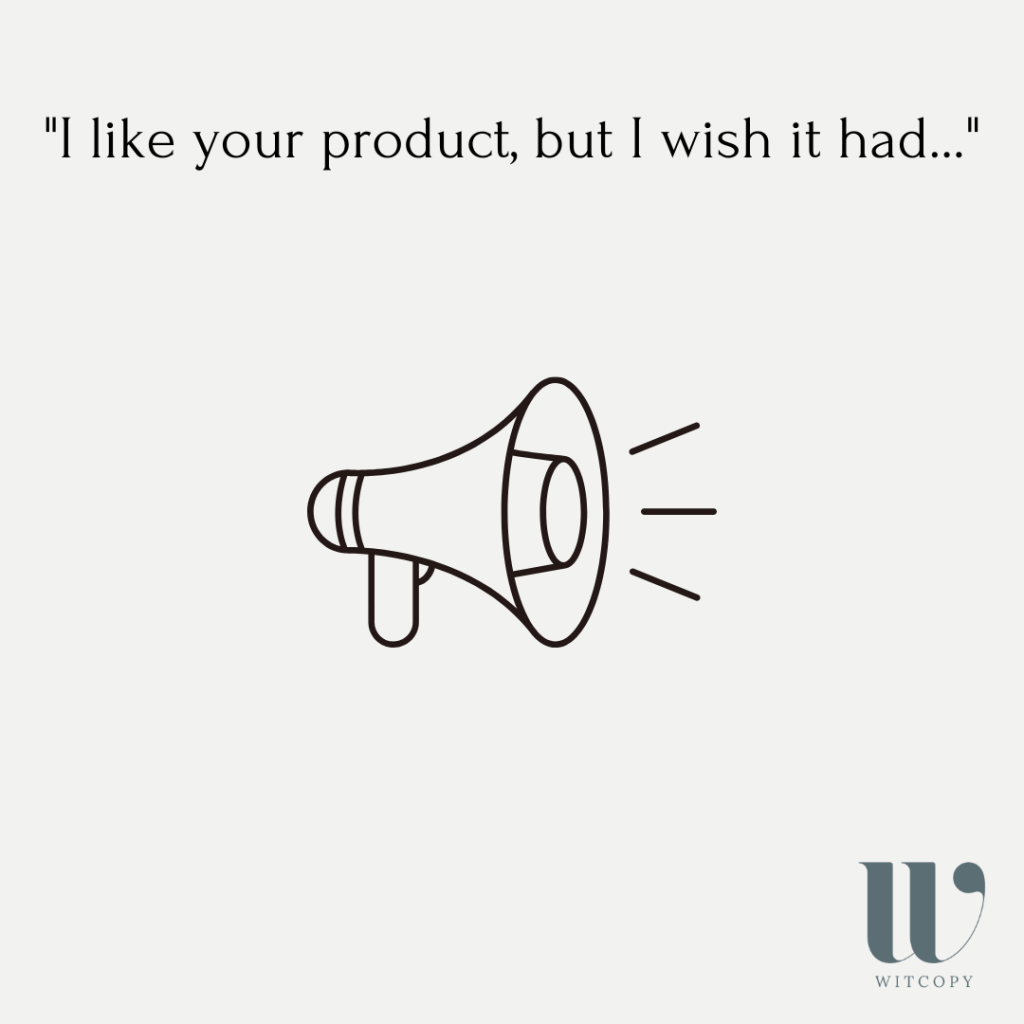
Here’s what I look for. This is not the complete list, by the way! The research will look different from business to business:
- Customer or client research – I need to know their wants, needs, hesitations, desires, past failed solutions, what they like and dislike about what they’re using, and their fears.
- This is also where I ask my clients to share emails they’ve received from prospective or current clients or support tickets.
- I conduct this research in many ways; review mining, social media comments mining, forum mining, client interviews, team interviews, surveys, plus other methods explicitly tailored to the type of business you run.
- The point of voice of customer data research is to get to know your ideal clients so well that when they read your copy, they feel you’re inside their heads. This is the key to writing copy that connects and converts.
I’ll utilize this research to craft your copy – so that instead of pulling pretty words out of the abyss because they look good on paper, I’m following a strategic approach in which we truly connect with your audience, get to know them, speak to their subconscious minds, and get them to trust us to the point of conversion.
That’s one of the main differences between conversion copywriting and regular copywriting.
Stages of Awareness
The conversion copywriting process also requires figuring out how problem-aware the audience is of their problem.
There are five stages of awareness, which are explained below.
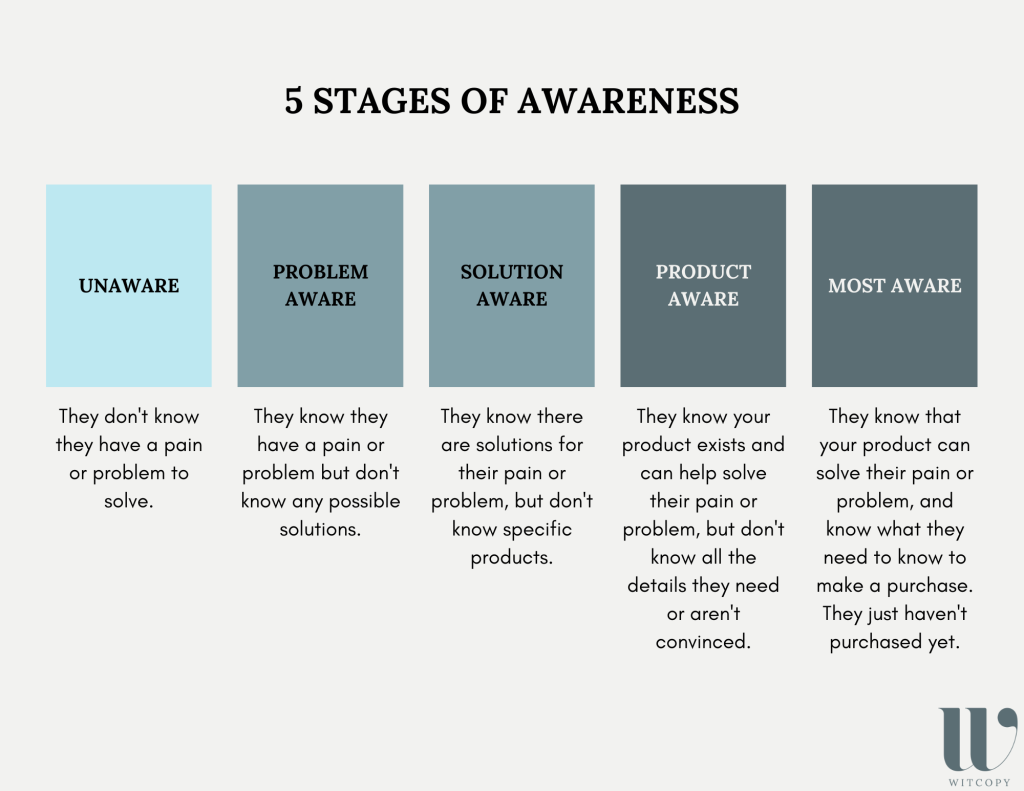
Unaware: They don’t know they have a pain or problem to solve. You probably will not speak to this audience because you’d spend a lot of marketing money trying to sell them on a problem they don’t think they have. It’s like someone walking up to you and saying, “you’re eating hot dogs wrong. Here’s a handy dandy $20 tool so you can eat them right.” Unless it’s a gag gift, which I’d buy.
Problem aware: They know they have a pain or problem but don’t know any possible solutions. This audience feels some pain but doesn’t think there’s anything out there that can help. Let’s say they’re tired of their backs being itchy due to lack of hydration, but it’s nearly impossible for them to apply lotion on their own. There may or may not be a product out there, but they probably won’t bother searching the web.
Solution aware: They know there are solutions for their pain or problem but don’t know specific products. They know that the pain or problem they’re experiencing can be addressed with what’s out there. They don’t know that you are out there. This stage is where getting people to convert becomes more possible and easier since they’re already aware of their pain and know they have options. We want to move them from this stage to the product awareness stage.
Product aware. They know your product exists and can help solve their pain or problem, but they don’t know all the details they need or aren’t convinced. This stage is one of the easiest to convert and my personal favorite. All we have to do is handle their objections and hesitations, answer their questions, use their own language, and utilize everything we know about them to create the emotional and logical connection we need.
Most aware: They know that your product can solve their pain or problem and know what they need to know to make a purchase. They just haven’t purchased yet. People are busy. They forget things, and life happens. During this stage, we want to send them reminders and induce ethical FOMO.
How do we find your audience’s stage of awareness? By analyzing the VOC (voice of customer data) we collected as the first step.
Market Sophistication
How much does your prospect know about the type of solution you offer? This is their market sophistication.
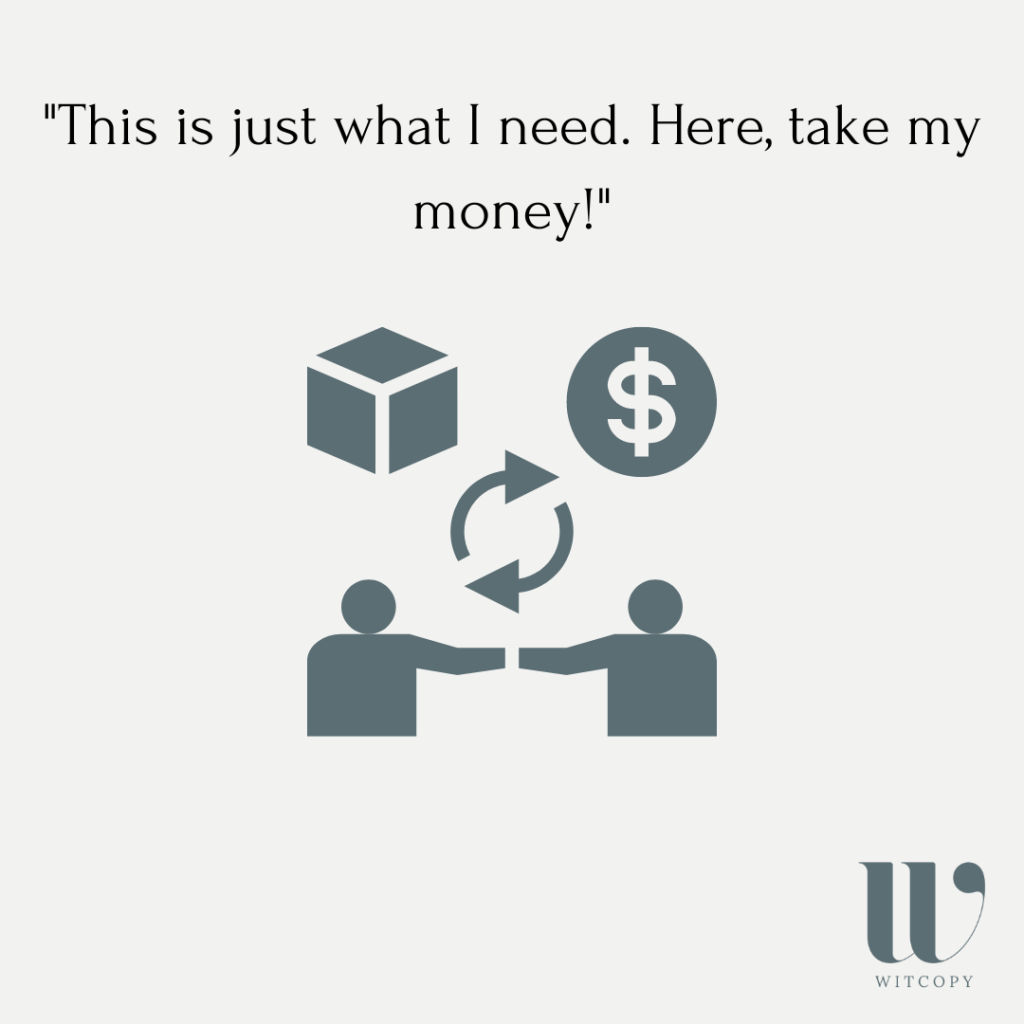
Let’s say you’re a business coach who works with clients, but rather than getting on monthly accountability calls, you ship them a monthly box filled with goods that includes personalized advice, strategy, and next steps.
Your prospects might know what a business coach is, but they might not be familiar with how you deliver your coaching. This is what we call low market sophistication.
Because this market sophistication is low, we have to work harder by selling them on the product as well as on how we deliver it. This sophistication is a harder sell.
But if you are selling coaching packages with easy, 1-1 access to you, and your prospects are familiar with this approach or expect it, this is what we call high market sophistication.
Data Analysis
If you’re hiring a conversion copywriter, I’m pretty sure your goal is to get more conversions, which means moving up from point A to point B.
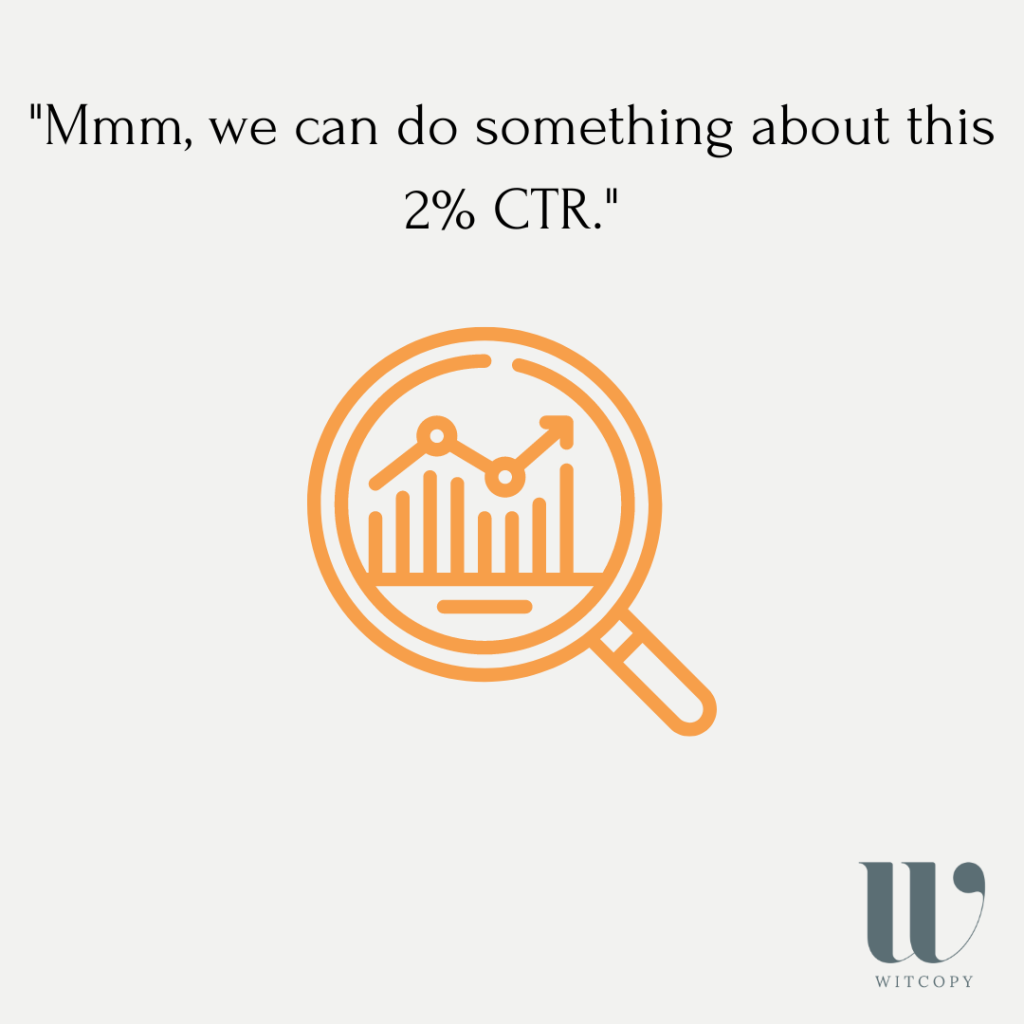
My team needs access to your analytics so that we can see what your point A is and strategize on how we’re going to help move you to your point B. This includes:
- Analyzing your Google Analytics
- Analyzing your email analytics
- Analyzing your heatmaps
- Analyzing your current conversion data
- Click-though rates
- Opt-in rates
- Purchases
- Other data
We need this to see what has been working for you and what hasn’t so that we can strategize and optimize.
Copy Validation
We need to validate your copy before it goes live or while it’s live. One of my favorite copy validation methods is the 5-second test, which involves posting a version (or multiple versions) of the same page and gives people 5 seconds to determine what the page is about, how they felt, and key takeaways.
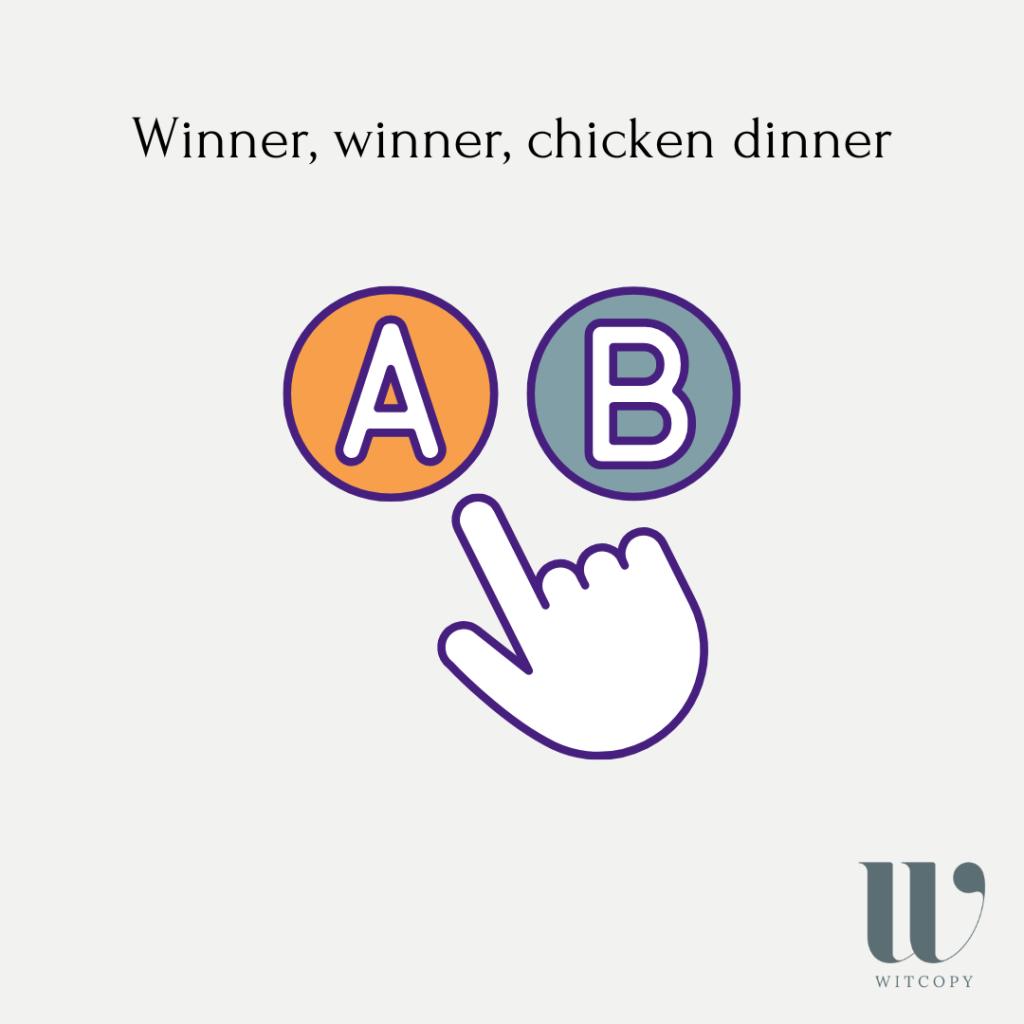
This copy-validation method is fantastic because it shows us when we have to be clearer and optimize the messaging.
Another copy validation method is a survey. We’d create a survey for your audience, asking them to review both versions and tell us which version resonates the most.
Copy Optimization
This process happens after the copy has been live for a while. This is where we analyze the copy and measure every conversion point. It’s like data analysis all over again, but for the current version.
If you have a heatmapping tool installed (we recommend hotjar), we’d go analyze your heatmap and look at what your prospects are scrolling through, clicking, and where they start to fall off. This data gives us a lot of insights into what we need to optimize.
Maybe we need to shorten the copy, change the design around, change the headline, change the structure, change the CTA, etc.
After gathering more data, we’d run an A/B test, testing one element at a time. Maybe the first A/B test will be for the headline, and once we find the winning variation, we’d test something else.
Conclusion
When prospective clients ask, “what is conversion copywriting?” they’re usually expecting an answer like, “oh! It’s writing words that sell!” but when I break things down like this, they understand why some projects take over 3 months, and why the investment tends to be upwards to 5 figures.
The conversion copywriting process is not as easy as doing SEO research for a day and whipping up a blog post the following day. This process requires intensive research, testing, and optimization. But the payoff is worth it.
This is what makes conversion-oriented copy successful.